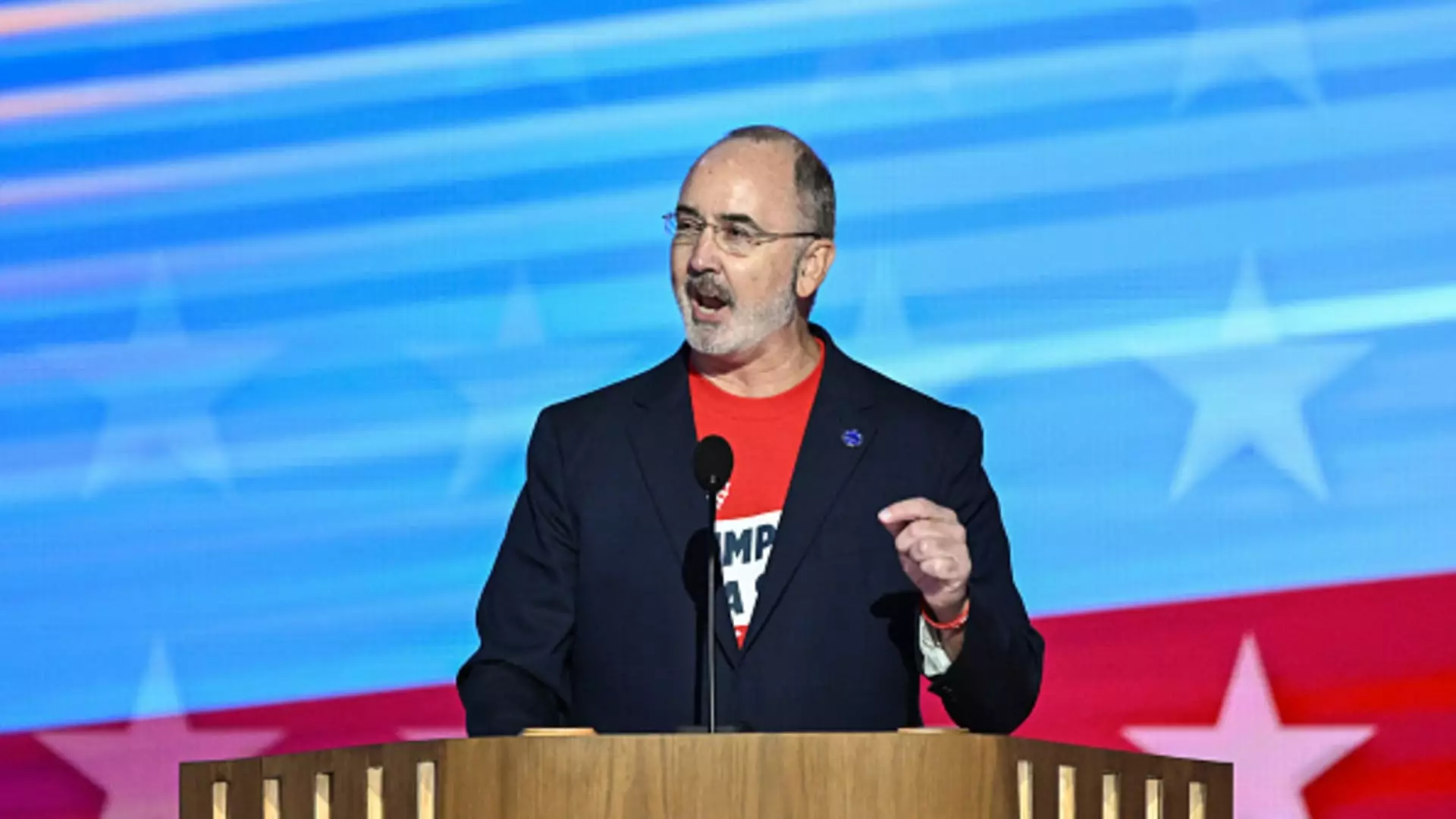In an unfolding labor dispute, the United Auto Workers (UAW) union has initiated federal charges against Stellantis, claiming the company has breached terms outlined in their collective bargaining agreement. This situation emerged following the recent history of tumultuous negotiations and contracts that saw the UAW secure significant operational commitments, such as the revival of a plant in Belvidere, Illinois and the production of the Dodge Durango in Detroit. UAW leadership, including President Shawn Fain, has expressed strong dissatisfaction with Stellantis for what they perceive as violations of these commitments, generating an atmosphere of tension and distrust.
The UAW’s assertion rests on the claim that Stellantis is attempting to relocate Durango production out of the United States. No specific details have been released regarding the proposed relocation site, though speculation indicates potential production shifts to a facility in Ontario, Canada. The union has characterized this supposed action as a blatant violation of the agreed-upon national contract, which it should not allow to occur. Alongside the federal charges, numerous local UAW chapters have lodged grievances concerning these same production matters, underscoring a widespread concern that extends through the ranks of Stellantis employees.
From Stellantis’ perspective, the company has publicly rejected the UAW’s accusations, claiming compliance with the commitments laid out in their Investment Letter related to the 2023 Collective Bargaining Agreement. During prior communications, company executives reiterated their stance, arguing that they had not diverged from their obligations under the agreed-upon terms. Nevertheless, this assertion has not quelled the unrest among the union members, who feel that Stellantis is backtracking on assurances that were integral to the labor negotiations of the past year.
The ongoing conflict adds to a larger narrative surrounding labor relations in the automotive industry, where critical negotiations are often overshadowed by production realities and shifting economic landscapes. The UAW currently has more than 24 grievances against Stellantis related to product and investment strategies that have come to light since the latest contract was ratified. This demonstrates a complex tapestry of challenges that unions face when trying to enforce contracts and hold companies accountable, especially in an increasingly competitive global market.
As both parties continue to navigate this contentious landscape, the outcome remains uncertain. The UAW’s determination to enforce the contract is clear, and the potential ramifications for Stellantis could be significant if the union escalates its efforts. On the horizon, union leaders are prepared to strike if necessary, indicating a readiness to protect their members’ interests at all costs. The unfolding dynamics will not only impact the immediate parties but could set a paramount precedent for labor relations and negotiations throughout the automotive sector in the United States. As this situation develops, all eyes will remain on the ongoing dialogue between Stellantis and the UAW, with wider implications for the labor movement as a whole.

